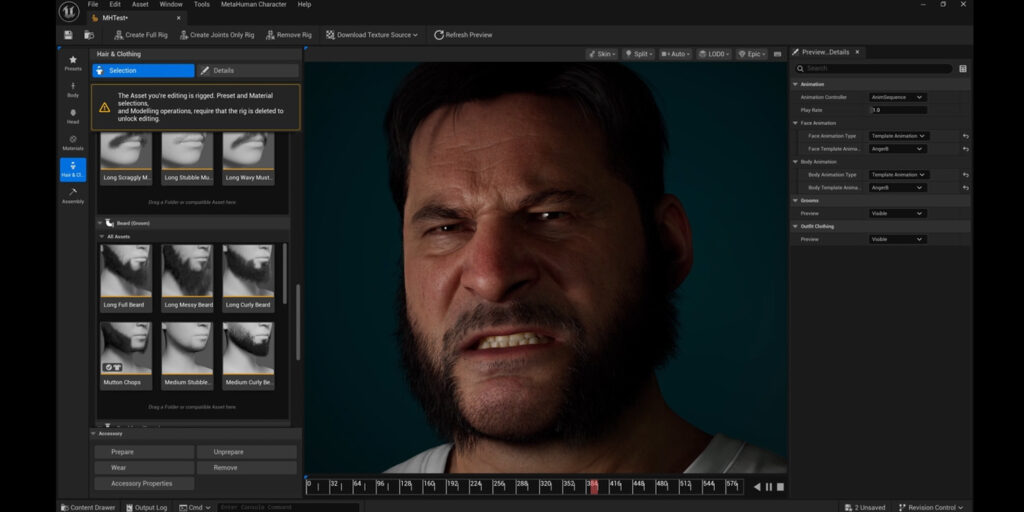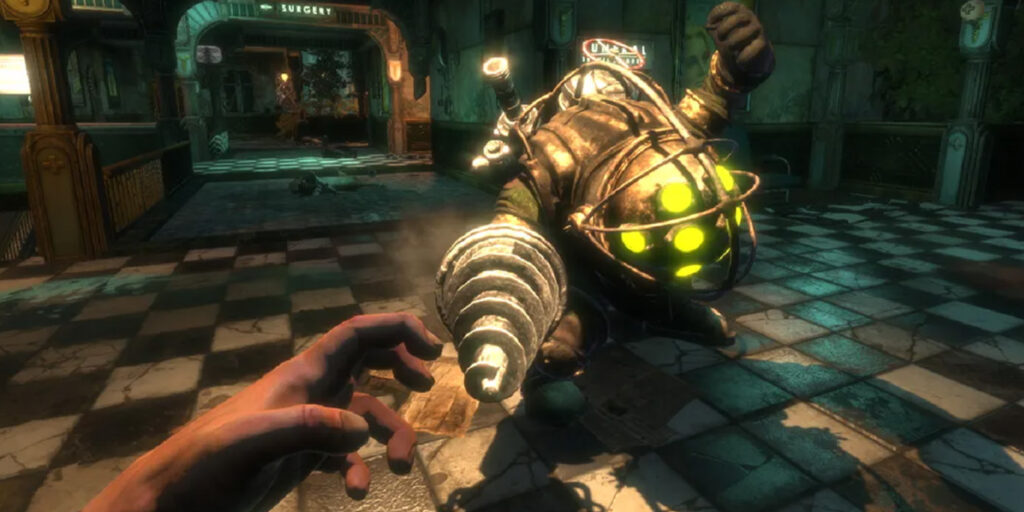Expect More Fancy Looking Games: Unreal Engine Updates to Version 5.6


Unreal Engine is one of the most used game development engines around, with popular games built in it including Rocket League, Fortnite, and the upcoming Witcher 4. Unreal Engine is available for free for indie devs and small studios.
Following the recent State of Unreal online event, Epic Games (the owners of Unreal Engine) outlined the engine’s 5.6 updates in a lengthy news post. Highlights include a focus on an enhanced, consistent framerate for games, as well as modern graphical updates like ray tracing, and texture management.
“With this release, one of our key goals was to empower you to build super-high-fidelity, large-scale open worlds that run smoothly at 60 FPS across current-generation hardware,” Epic said.
“We’ve also made major strides toward a truly engine-first animation and rigging workflow, reducing the need for DCC (Digital Content Creation) round-tripping. Plus, MetaHumans can now be fully authored directly within the engine, unlocking a more streamlined and efficient creative process.”
Version 5.6 Runs Smooth as Silk
The new features are extensive and detailed, but the gist for gamers is that they can expect not only new games like The Witcher 4 to come out looking better than ever, but the possibility of updated/remastered titles; the recent Oblivion Remastered was done in version 5, for example.
Framerate is something many games struggle with, as the load on a GPU can skyrocket once fancy graphics are factored in. Unreal Engine 5.6 now incorporates options to tailor and ensure games come out of the gate with a consistent 60 frames per second for smooth gameplay.

Ray tracing is a popular phrase these days, and for good reason as it helps titles look ultra-realistic. NVIDIA might be leading the charge with regards to implementing this in games, but Unreal Engine isn’t far behind. Epic Games’ SDK (software development kit) has long included Lumen Global Illumination, and version 5.6 factors this into the framerate.
“The Hardware Ray Tracing (HWRT) system enhancements are designed to deliver even greater performance for. By eliminating key CPU bottlenecks, you can author more complex scenes while maintaining a smoother 60 FPS frame rate.”
Character Creator And Animations
MetaHuman is Unreal Engine’s character creator add-on that is now integrated into the software. Devs can customize and tweak just about any visual aspect of an NPC (or player character), down to the last wrinkle. The new Unreal Engine Outfit feature can be used with MetaHuman to create outfits for characters that automatically resize to fit, streamlining the design workflow.
There’s also a MetaHuman Animator included, which can do things such as take footage from a video camera (including smartphones) and apply it to a MetaHuman character for realistic facial animation. Game devs with money to burn and a mocap set-up can also link this to characters for advanced, realistic movement.

A lot of the new and updated features and functions in version 5.6 are expected, such as UI tweaks and an asset manager so it’s easier to organise things like character models and game textures. One aspect that has seen a significant update, however, is the Digital Content Creation side.
Mocap Manager and Capture Manager are two examples, and both can be used with the aforementioned MetaHuman suite of tools, or via a Live Link set-up for other uses, such as CGI cinematics or animated films.
In short, these kinds of tools reduce the need for multiple programmes and can vastly reduce the time needed to produce content. However, it is worth noting that a lot of these new features are marked as “Experimental,” meaning there could still be some bugs in the system.
Unreal Power at Your Fingertips
Unreal Engine was created by Tim Sweeney (who’s still the CEO of Epic Games) in the late nineties, and is so-named as the first game made with it was Unreal, a sci-fi FPS released in 1998. The game came with a built-in level editor, which not only helped introduce an entire generation of gamers to the eponymous engine and game development, but spawned a hugely popular modding community.
The last Unreal game, Unreal Tournament 2003, was released towards the end of 2002. This was made with Unreal Engine 2, which completely rewrote a lot of the core functionality of the SDK. Previously, Unreal Engine has been focused on PC, but with this second iteration game devs could now build titles for PlayStation 2, GameCube and the Xbox.

As its use among devs grew, and Epic Games itself grew into the industry juggernaut it is today, Unreal Engine started to see use in other industries and by other studios. Recent examples include its use for VFX in the Fallout TV series, an episode of Love Death + Robots, and even to create a virtual studio for FOX NFL Sunday.


















